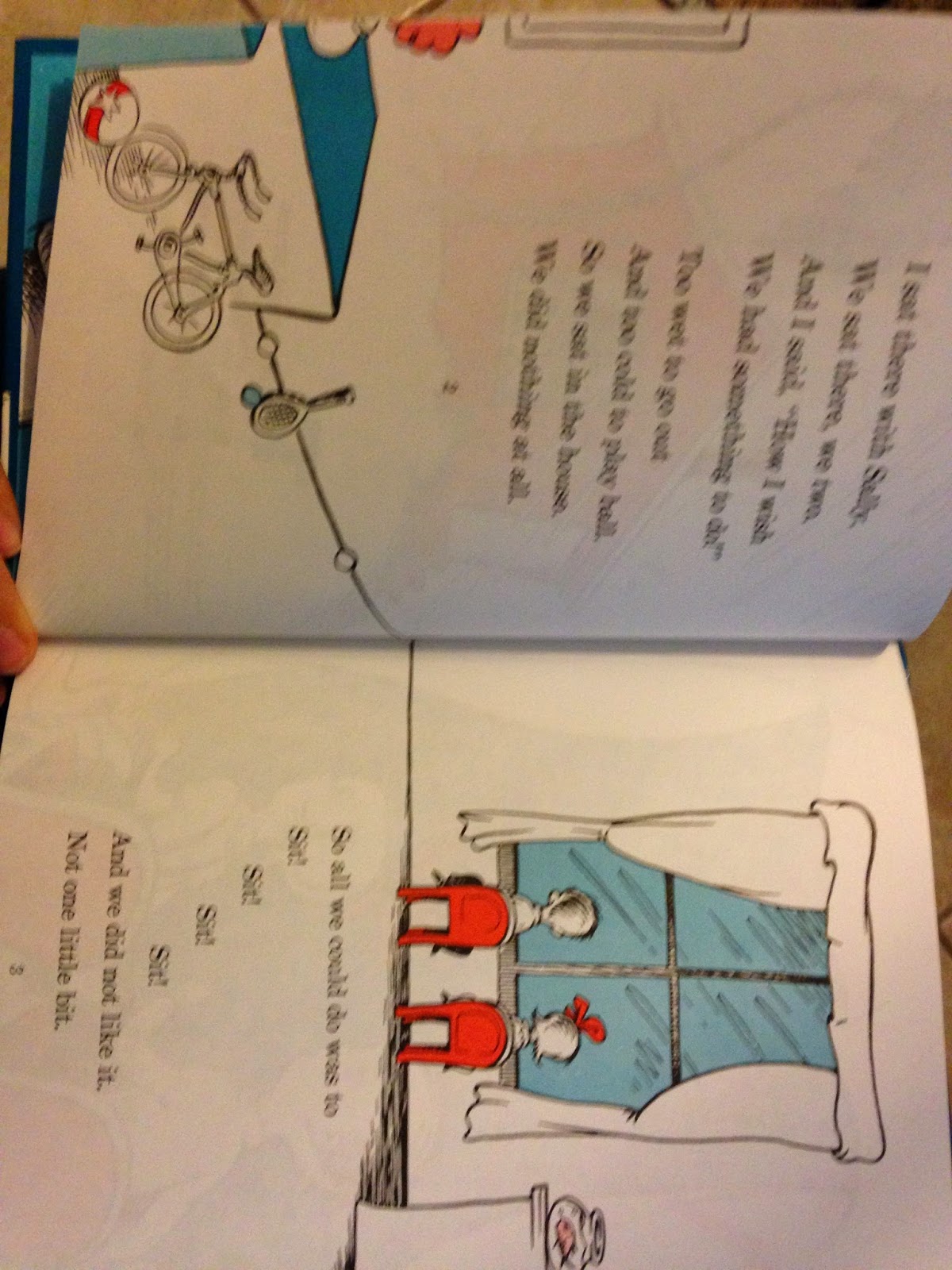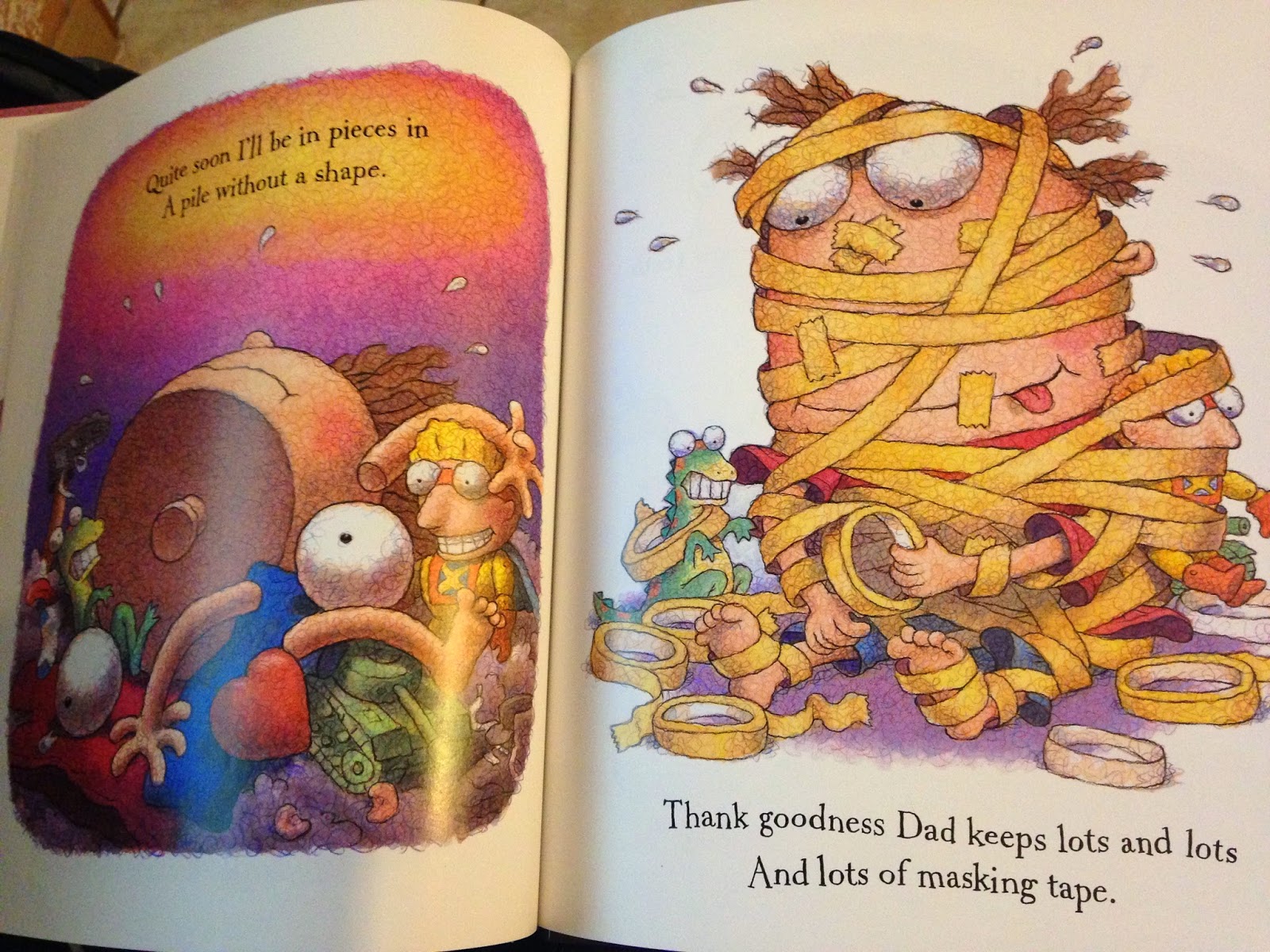There were no illustrations in this book except for the front cover. On the front cover we see a lone wolf and an Eskimo girl in a parka. This is symbolic of Julie and the wolf role I believe she takes on in the story. The intended interest level for Julie of the Wolves is for middle school age children on up. The genre of this book is folktale, narrative fiction, children's story. One of the biggest literary devices found in the story Julie of the Wolves are similes and metaphors.
Classroom Application:
Critical Thinking Preliminary and Post Reading Questions
- Before teachers begin reading Julie of the Wolves with students they should begin by showing students the cover of the book.
Teachers should ask questions about the chosen images to get the students engaged and problem solving. Some question that could be asked include: What do you think this story is going to be about?, What do you think is going to happen to the girl?, TWhat do you think the significance of the single wolf is to the story?, Do you think the girl and the wolves are friends?, etc. - After reading Julie of the Wolves teachers should expand on the reading by asking questions that will get students thinking about the future and what happened in the story. For example: Do you think that Julie will return to the wolves?, What person view point was the story told in and give an example to defend your response?, etc.
Demonstrating Cause and Effect
- Why do you think Julie befriended the wolves?
- What did Julie have to do to be accepted by the wolves?
- Why did it disgust Julie that her father hunts out of a helicopter?
- Why did the hunters shoot one of Julie's wolves?
Character Analysis
- Describe the Julie?
- Describe the Julie's wolf pack?
- What do the wolves and Julie have in common?
Personal Connections
- Teachers should ask students what things from the story they can relate to their own lives. For example camped outside, hunted your own food, had a wild life pet or friend, been in the snow, worn a parka, etc.
Summarizing the Story
- The teacher can call on students to help summarizing what happened in the story they just read. The teacher should ask each student to add to the summary before summarizing herself/himself about what happened in the story.
Theme
- The teacher should ask students to write down what they think the purpose or theme of the story was. It could have been the struggle between holding on to old traditions and accepting new ones, family, identity, the importance of braking a communication barrier, etc.
Interactive Fun
- I think it would be nice if the teacher could do an activity where she gives students magazines and have them retell the story with the images they find. Or if they have access to a computer lab attempt to make a trailer using pictures they find on the web and their own text.





































